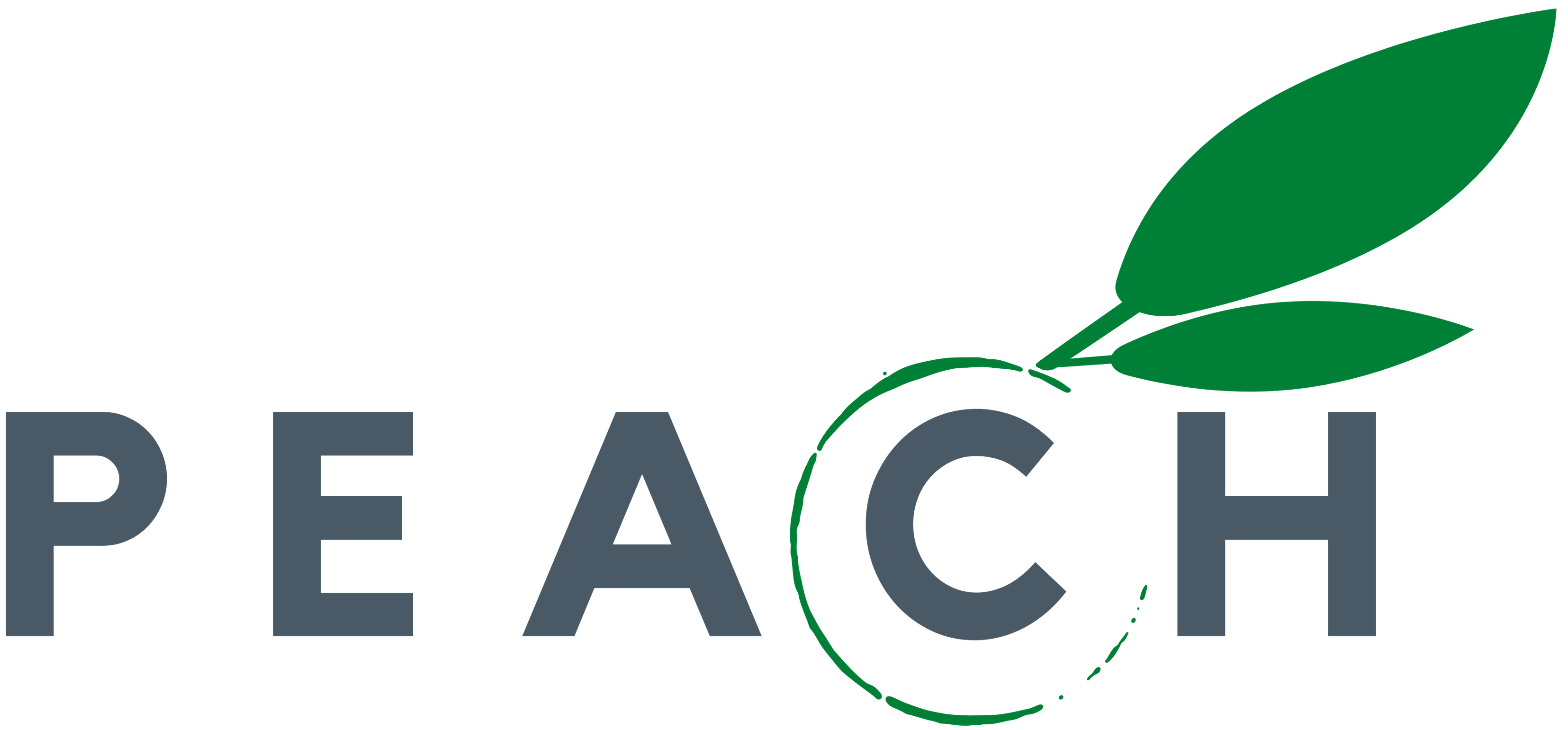The Hidden Truth Behind Artificial Turf
By Kim-Chi Tran, originally published in an Ontario Medical Association (OMA) newsletter
With spring fully underway, many of us are enjoying the outdoors once again. Grass used to be ubiquitous for sporting venues, with sand or organic mulch used for play structures. That said, ease of use and lower upkeep has edged out these natural options in favour of artificial turf with recycled tire rubber infill, rubber mulch or rubber-surface playgrounds.
What is the true environmental cost of these materials?
In 2023, it was reported that six baseball players on the Philadelphia Phillies baseball team had passed away from glioblastoma (1). There is also seemingly an increased number of cancers (namely lymphoma) in the soccer goalie population (2, 3). The common denominator for these athletes? Playing on artificial turf. Based upon anecdotal evidence, the European Chemicals Agency launched an investigation into whether or not artificial turf could cause cancer. In the end, they were unable to find conclusive evidence of the presence of chemicals above acceptable limits (4).
A study by Yale did demonstrate that rubber mulch, infill and surfaces release polycyclic aromatic hydrocarbons (PAHs), volatile organic compounds (VOCs), semi-volatile organic compounds and Per- and polyfluoroalkyl substances (5). These chemicals are thought to be endocrine disruptors and there is strong evidence that these are toxic and cause harm to health. In sports where children are playing, or athletes are diving to catch balls, there is a higher propensity for ingestion and certainly dermal contact. Depending on the chemical, off-gassing and inhalation are also concerns.
Due to possible risk, the United States Consumer Product Safety Commission has recommended (6):
- Avoid mouth contact with playground surfacing materials, including mouthing, chewing or swallowing playground rubber. This may pose a choking hazard, regardless of chemical exposure.
- Avoid eating food or drinking beverages while directly on playground surfaces, and wash hands before handling food.
- Limit the time at a playground on extremely hot days.
- Clean hands and other areas of exposed skin after visiting the playground and consider changing clothes if evidence of tire materials (e.g., black marks or dust) is visible on fabrics.
- Clean any toys that were used on a playground after the visit.
In addition, the European Union (EU) banned the use of rubber infill in September 2023, as they found that rubber infill is the highest contributor to environmental microplastics. With this ban, the EU should be able to reduce an annual half a million tonnes of microplastics from being released (7). All in all, it seems as though there are health concerns to artificial turf but also definite detrimental environmental impact.
References
- Artificial turf potentially linked to cancer deaths of six Phillies ball players – report.
- Artificial Turf: Cancers Among Players.
- Bleyer A. Synthetic Turf Fields, Crumb Rubber, and Alleged Cancer Risk. Sports Med. 2017 Dec;47(12):2437-2441. doi: 10.1007/s40279-017-0735-x. PMID: 28493060.
- Schneider K, Bierwisch A, Kaiser E. ERASSTRI – European risk assessment study on synthetic turf rubber infill – Part 3: Exposure and risk characterisation. Sci Total Environ. 2020 May 20;718:137721. doi: 10.1016/j.scitotenv.2020.137721. Epub 2020 Mar 5. PMID: 32173010.
- Perkins AN, Inayat-Hussain SH, Deziel NC, Johnson CH, Ferguson SS, Garcia-Milian R, Thompson DC, Vasiliou V. Evaluation of potential carcinogenicity of organic chemicals in synthetic turf crumb rubber. Environ Res. 2019 Feb;169:163-172. doi: 10.1016/j.envres.2018.10.018. Epub 2018 Oct 24. PMID: 30458352; PMCID: PMC6396308.
- Federal Research Action Plan: Crumb Rubber – Status of the U.S. Consumer Product Safety Commission’s Review of Playgrounds with Crumb Rubber
- Protecting environment and health: Commission adopts measures to restrict intentionally added microplastics

